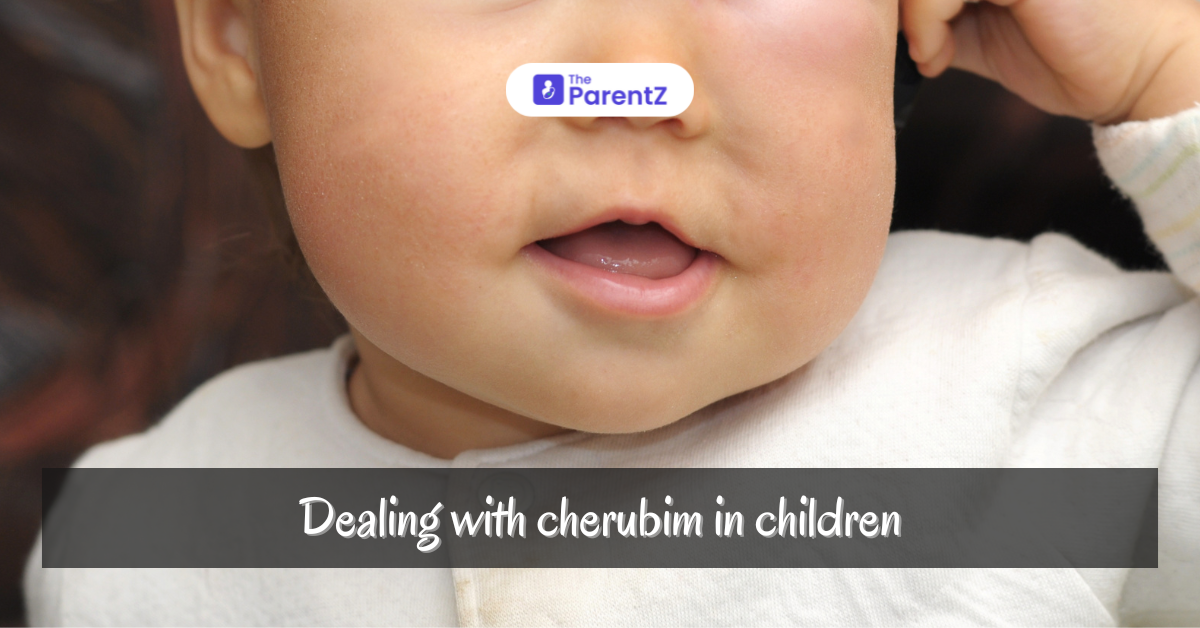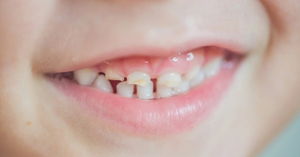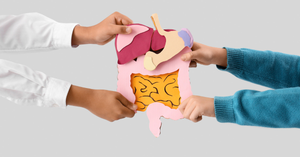Imagine your child smiling with those chubby, angelic cheeks, only to notice something unusual in their jawline. For parents of children with cherubism, this experience can be confusing and concerning. Cherubism is a rare genetic disorder that affects the bones of the face, particularly the jaw, and often results in dental issues that require special care. While cherubism may not be widely known, understanding its early signs and the dental problems associated with it is crucial for ensuring your child receives the best possible care.
What is Cherubism?
Cherubism is a genetic condition that causes an abnormal growth of bone in the lower part of the face, leading to the characteristic "cherubic" appearance. The condition usually becomes noticeable in early childhood, between ages 2 and 7, as the jawbones begin to swell. This swelling can cause the cheeks to look fuller, hence the name "cherubism." While cherubism is often hereditary, it can also occur spontaneously without a family history.
Early Detection of Cherubism
Detecting cherubism early is essential for managing its impact on a child’s dental health. Parents might first notice a change in their child's facial appearance or swelling in the jaw. These signs are often accompanied by delayed or abnormal eruption of teeth. Regular dental check-ups are crucial, as a dentist can identify unusual patterns in jawbone development or teeth positioning. Early detection allows for timely intervention, which can help in managing the condition effectively.
Dental Problems Associated with Cherubism
Children with cherubism often face a range of dental challenges due to the abnormal bone growth in their jaws. Some common dental issues include:
- Misaligned Teeth: The excessive growth in the jaw can push teeth out of alignment, leading to crowding or gaps.
- Delayed Tooth Eruption: Cherubism can slow down the normal process of teeth coming in, sometimes causing teeth to be impacted.
- Jaw Pain and Discomfort: The swelling in the jaw can cause discomfort or pain, particularly when chewing or speaking.
- Cyst Formation: The abnormal bone growth can sometimes lead to cysts forming in the jaw, which may require surgical removal.
Treatment and Management of Cherubism
Managing cherubism involves addressing both the aesthetic concerns and the associated dental problems. Treatment plans are usually tailored to the severity of the condition and the specific needs of the child. Here are some common approaches:
- Regular Monitoring: Since cherubism can change over time, regular dental and medical check-ups are important to monitor its progression.
- Orthodontic Treatment: Braces or other orthodontic devices may be used to correct misaligned teeth caused by jawbone growth.
- Surgical Intervention: In severe cases, surgery may be necessary to remove cysts or reshape the jawbones to improve function and appearance.
- Pain Management: If the child experiences pain or discomfort, medications or other therapies can be used to provide relief.
Conclusion
Cherubism may be a rare condition, but with early detection and proper dental care, children affected by it can lead healthy lives with fewer complications. Regular dental visits, combined with close observation of your child’s facial development, can help in identifying cherubism early, ensuring that any dental issues are managed effectively. By understanding cherubism and its impact on dental health, parents can take proactive steps to support their child’s well-being and smile with confidence.








Be the first one to comment on this story.